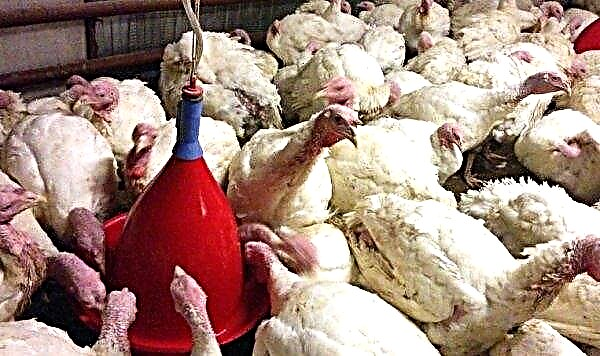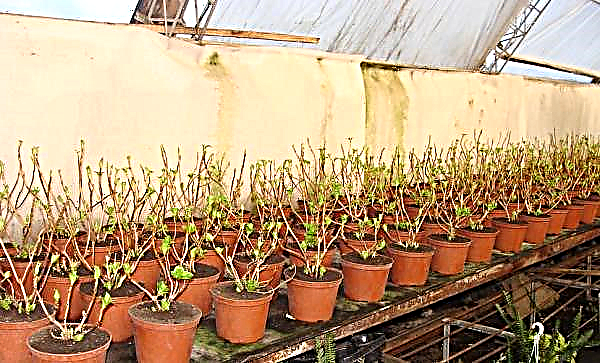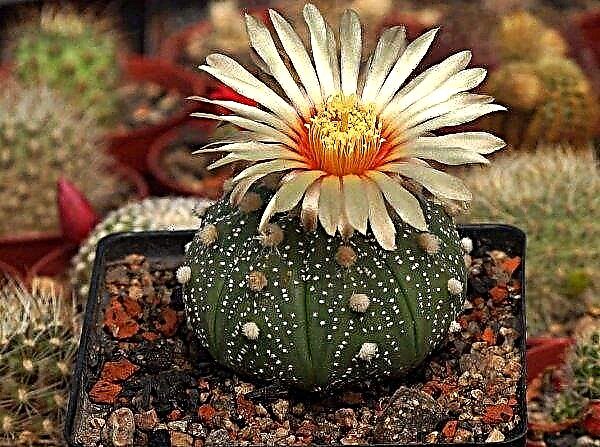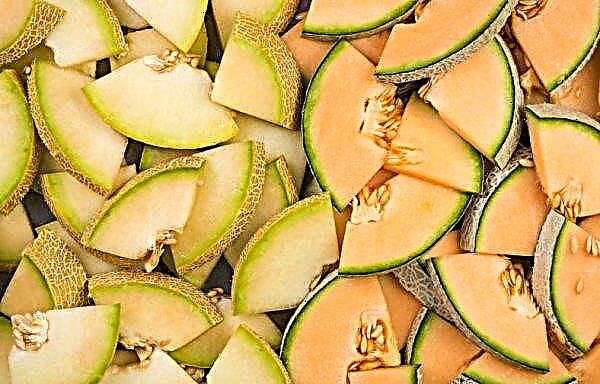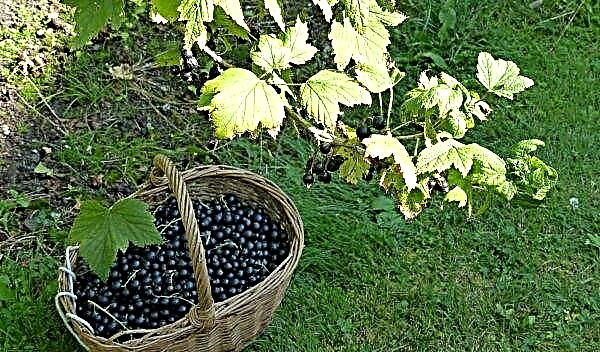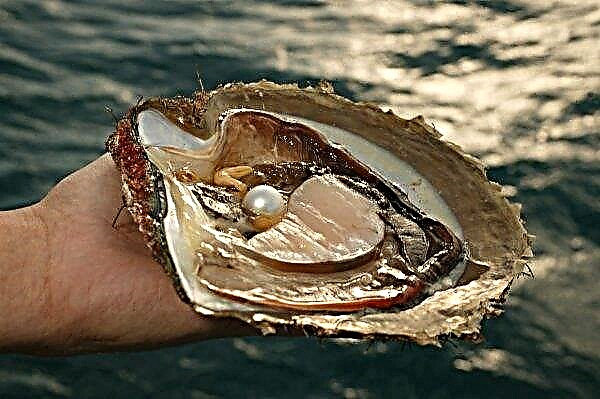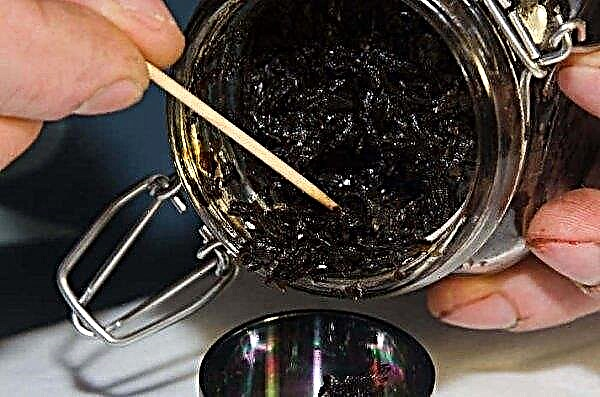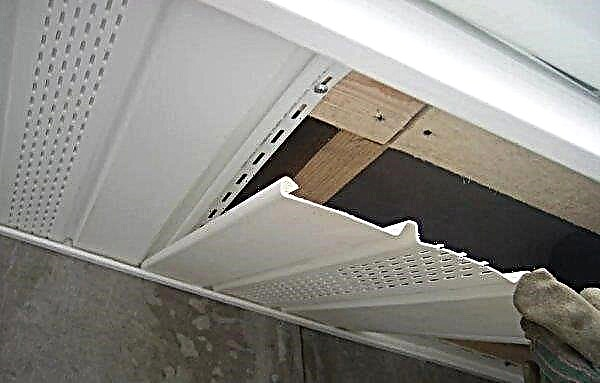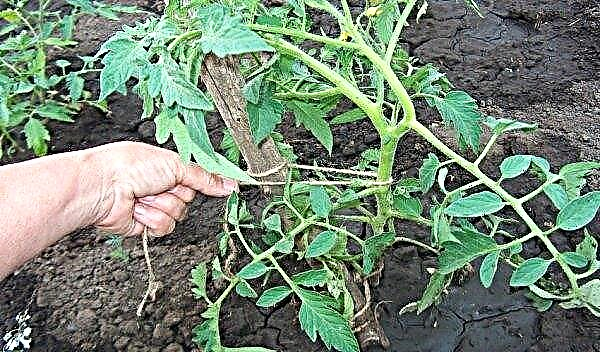The difficulty in caring for indoor plants is the healthy maintenance of their leaves and flowers. Anthurium in this regard requires increased attention. Let's try to understand the reasons for the "dissatisfaction" of anthurium with the conditions of its content.
Why do anthurium dry leaves, and what to do with it
If the plant feels comfortable, it gives the owners wonderful flowers and shiny gloss of leaves in the shape of hearts. The opposite state of comfort will be reflected in the color of the leaves: brown spots appear on them, and the tips begin to dry out quickly.
Brown or dried spots on the leaves of the anthurium are, indeed, a bad symptom. The plant signals that the owners are somewhere inadequate in caring for this capricious plant. Some types of anthurium are generally grown exclusively in greenhouses under the supervision of professionals, and are also bred industrially in order to obtain exotic flowers for cut.
Indoor varieties can also be kept in excellent condition if you adhere to strict rules for caring for them.
Did you know? Anthurium — it is a flower with strong masculine energy, it is also called "masculine happiness." According to Feng Shui, the plant personifies material wealth, success, is able to work as a powerful exoteric and even fight depression.
The main reason for the yellowing of the leaf plates of a plant is its natural aging. Age affects the condition of the leaves, which are located in the lower part of the bush. Characteristic yellowness spreads over the entire area of the leaf, and it gradually disappears by itself. You can get rid of the old sheet with a knife or scissors, carefully cutting it so as not to damage the stem.
If the leaves begin to turn yellow or dry in parts, then with a high degree of probability the reason lies in improper care. Launched cases often lead to the death of the plant.

Watering violation
Anthurium is a resident of the tropics, so he loves humidity, but in moderate quantities. It is important to strike a balance between sufficient moisture and its excess: the soil in the pot should remain moist, but not wet.
The brown border at the edges of the sheet appears equally successfully with both excessive and insufficient watering, and then spreads over the entire area. That’s why it’s important to keep hydration. Depending on the season, the frequency of watering the plant is different: in the summer - every 3 days, in the winter - 1 time per week. The soil between waterings should have time to dry approximately to the height of 1/3 of the pot.
Important! Anthurium flowers do not tolerate moisture at all, they should never be sprayed.
It is recommended to irrigate the flower periodically, but it is forbidden to spray on the leaves if they are in direct sunlight. Drops of water will work like lenses, burning through holes in the leaves or creating extensive burns that have a characteristic color - yellow. If water sprayed onto the leaves during spraying, wipe them off immediately.
Anthurium is very demanding on the water used to water the flower. If you use tap water with chlorine, an excess of salts or traces of heavy metal compounds, then the leaves will also turn yellow (with the subsequent formation of dry patches). It should be watered with water at room temperature. If it is from the water supply, then we must give it time to stand. You can water it with rainwater or melt.
To create a favorable water balance for the plant, put sphagnum moss on the ground, which will provide uniform moisture for aerial roots.
Video: Care and proper watering Anthurium Andre Dakota
Incorrect fertilizer application
Anthurium is very sensitive to top dressing. If the soil is depleted of nitrogen, phosphorus or potassium, then the leaves of the flower will gradually acquire a brown hue. The treatment method is obvious: it is necessary to introduce beneficial substances that the plant lacks. For this purpose, special complex liquid preparations are used.
Saturation with fertilizers is carried out daily, reducing the dose indicated on the package or in the indications for use. Usually take 25% of the recommended concentration. After the plant gets stronger, soil fertilizer is carried out 1 time in 2 weeks, but on an ongoing basis.
An excess of nutrients in the soil is also detrimental to anthurium, as well as their lack. Moreover, the symptoms are exactly the same: the leaves are covered with brown spots. For example, an excessive amount or excess of manganese contributes to yellowing of leaves or the formation of large spots and specks on the surface.
Yellowness on the leaves in the middle and at the edges is also observed with an excess of sulfur in the soil. It is problematic to remove “superfluous” fertilizers from the soil for the plant; therefore, the flower is replanted with a complete replacement of the soil, taking into account the quality of the planting mixture and its composition.
Dry air
Even if the flower was bred in a local greenhouse, it still retained the genetic characteristics of a species whose homeland is the tropics. Therefore, dry air for anthurium is unacceptable, and you can observe how the tips of the leaves dry on the plant. The problem is solved by spraying and rearranging the flower pot away from heating appliances.
If you leave the plant on the windowsill next to the battery, you can periodically put a wet towel on it, compensating for the moisture balance in the air. They also prefer to fight against a lack of moisture like this: they arrange a warm shower for anthurium. The procedure is recommended to be carried out 1 time in 2-3 weeks.
Sufficient humidity can be arranged with expanded clay, which is poured into the pan of the pot and periodically moistened abundantly.
Incorrect temperature
Anthurium loves heat: it is not hot, but moderately warm air temperature - not lower than + 20 ° С, although it is allowed to decrease to +16 ° С in winter. At an insufficient temperature, brown spots of a small size appear on the leaves, almost a dot, but on a bright color they are clearly visible.
With a long-term maintenance of the plant in the wrong temperature conditions, the death of leaf sections will be clear and obvious. Therefore, compliance with this indicator is important because it contributes not only to plant health, but also affects its flowering. If the temperature is insufficient, it is necessary to organize heating; and if it’s too hot, then it’s worth removing the plant deep into the room and ventilating the room more often.
Important! Anthurium is afraid of drafts. From them, the plants can also dry leaves.
Unsuitable container for growing
Anthurium is planted in low wide pots. A small capacity is chosen to achieve active flowering. However, as the plant grows, the selected pot for planting may turn out to be too small, and the leaves will turn yellow due to a lack of soil substrate and a decrease in the production of moisture and nutrients from it. In this case, there is only one way out: transplantation into a more suitable container.
The size of the flower pot is important because of the saturation of the root system with oxygen. If oxygen is not enough, the tips of the leaves will dry. The treatment will be helped by the proper organization of soil backfilling with a mandatory drainage system, as well as the addition of coarse fractions (fine brick, cones, charcoal) to the soil.

Diseases and Pests
Along with the conditions of detention, diseases and pests have a special influence on the change in leaf pigmentation or their drying.
Anthurium can be susceptible to several diseases, including:
- Root rot. Its signs: pale green foliage at the first stage with a gradual further yellowing and wilting. The main reason is the insufficient acidity of the soil, as well as its excessive waterlogging. The plant requires an urgent transplant into the soil with good drainage, removal of damaged roots, disinfection of the rest of the root system with a weak solution of potassium permanganate.

- Stem rot. It appears in the form of black watery spots on the leaves and stem. It has a fungal origin and is caused by waterlogging of the soil and air. To cure the plant, cut off all affected areas and without fail treat with fungicides.

- Anthracnose. This is an infectious disease that appears when you try to create greenhouse conditions for it with high humidity and air temperature. The leaves respond to the disease by forming brown spots on the surface with a dry middle, which can break through to holes. The disease is dangerous by the rapid spread of ulcers throughout the leaves. Fungicidal preparations are used in the dosage indicated on the package, as well as a reduction in watering.

- Septoria. It is determined by the formation of small gray-brown or yellow spots with a fringing, which can further increase in size and dry. The reasons are the same: stagnation of water, insufficient illumination of the plant and a poor diet of fertilizing. In the treatment, repeated leaf treatments with fungicides are used.
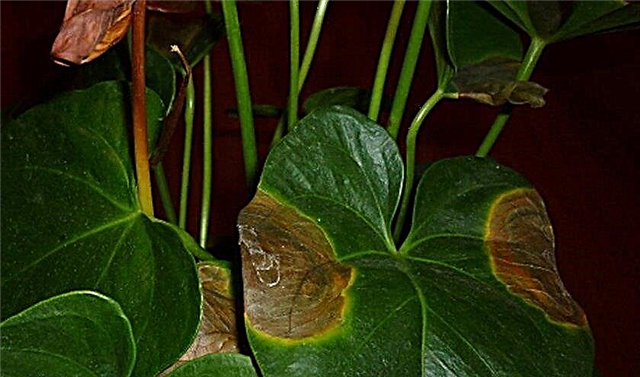
In order for a flower to develop in a healthy atmosphere, it must be protected from possible pests, among which the most common are:
- Aphid. Signs of her presence are manifested in curling and drying of the leaves. Aphids can be found on the underside of the leaf. As a control method, folk remedies are used in the form of infusions of onion or garlic (150 g of garlic gruel per bucket of water), as well as insecticide treatment (for example, Iskra, Komandor) with significant lesions.

- Thrips. Anthurium foliage will respond to the presence of these small flies by changing the color to yellowish white. They get rid of plant pests by hanging sticky traps and processing with special preparations (water-soluble concentrate “Commander”).

- Spider mite. If he settles, then the leaves will definitely turn yellow and dry. A distinctive feature of tick damage is this: the lower part of the leaves and the ground part of the plant are covered with a thin web. The method of struggle is the use of special chemicals (Antiklescha, Neorona, Actellika).

When using drugs, they act in accordance with the instructions.
Preventive measures
So that the leaves do not dry and do not become covered with spots of various colors, some preventive measures will be required:
- Select most suitable place to position the flower so that it receives sufficient illumination, but is not in the direct sunlight.
- Avoid Draft.
- Try to organize proper watering, preventing the drying of the soil, as well as its excessive waterlogging.
- Water for irrigation should be prepared, Do not use tap or cold.
- Correctly select a container for transplantation, so that the plant feels comfortable.
- Pay attention to the groundin which anthurium is grown. It must contain drainage and large fractions that will help remove excess moisture, saturate the roots with oxygen and ensure the delivery of nutrients.
- Flower needed regular feeding, especially during periods of growth and flowering.
- Should observe temperature conditionsavoiding overheating and hypothermia of the plant.
- Water treatments 1 time a month beneficial effects on moisture and pest prevention.
- To maintain room humidity, it is recommended install a humidifier.
- In case of damage by diseases and pests, emergency treatment measures must be takenwithout waiting for the situation to worsen. Periodic thorough inspections of foliage and the entire ground part, as well as the roots during transplantation, should be carried out.
Video: Anthurium Disease Prevention
Useful care tips
Anthurium is considered quite capricious in plant care, therefore there are a number of mandatory rules, the observance of which guarantees the healthy development of the plant and its active flowering:
- when acquiring a flower, place it in a container of the proper size;
- You can buy ready-made soil for planting, but it is better to use humus, leafy soil, peat and sand as a mixture. The proportions are: 2: 1: 1: 1/2. Drainage and coarse fractions are required. Soil acidity should also be observed within the range of 5.5–6.5 pH;
- it is recommended to put the flower on the windowsill, providing it with good, but not bright lighting;
- organize additional illumination in winter, otherwise you can not wait for flowering;
- it is better to put a pot with anthurium on the eastern or western windowsill in the summer, and move to the south in the winter;
- Do not expose the anthurium where drafts are possible, but when ventilating, remove the pot from the room;
- temperature maintenance: + 20 ° С - + 25 ° С in the summer and + 16 ° С - in the winter period;
- watering is recommended to carry out a little warm settled water. In summer, watered 1 time in 3 days, and in winter - once a week. The amount of watering is moderate;
- if the water after watering remained in the pan, it must be drained;
- It is important to organize sufficient humidity in the room;
- leaves require systematic hydration by spraying. Excess moisture is wiped off. Humidification of flowers is strictly prohibited;
- soil requires top dressing 2 times a month;
- Periodically, thorough inspections should be carried out for the presence of diseases and pests in order to take timely measures and prevent the death of the plant;
- it is better to carry out a plant transplant in spring, deepening the plant a little lower than with the previous planting.

To grow anthurium, you will need some experience and patience, as well as the organization of comfortable conditions. But with the recommendations and timely elimination of problems, you can get a beautiful bush with amazing leaves and unusual flowers.








